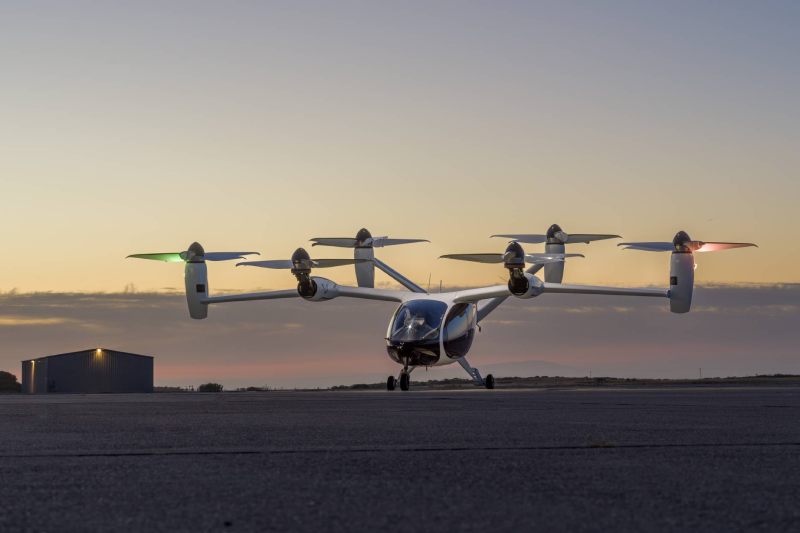
Startup aiming for 2025 takeoff to create the world’s first hydrogen eVTOL
- Business
- January 13, 2024
The designs for the first hydrogen-electric vertical takeoff and landing (eVTOL) aircraft in the world have been revealed by Swiss firm Sirius Aviation.
The aircraft, which resembles Night Fury from How to Train Your Dragon, is designed to go 1,851 kilometers at a top speed of 520 km/h. That is four times the range that rivals, such as the German eVTOL firm Lilium, are hoping to reach with batteries.
It will be able to accomplish these things because of liquid hydrogen propulsion, which some people believe to be the fuel of the future. Vehicles fuelled by liquid hydrogen have a far higher energy density than those propelled by gaseous hydrogen or batteries, and therefore can go farther without gaining weight.
Sirius Aviation said its team of over 100 engineers has been working “hard on intense R&D” for the past two years to develop the jet. They assert that they have already begun the Federal Aviation Administration (FAA) certification process.
A three-person business jet and a five-person commercial aircraft are the two models the company is currently developing. Considering all the cutting-edge technology required to build, manufacture, and certify the aircraft, this seems like a bit of a waste to us.
A three-person business jet and a five-person commercial aircraft are the two models the company is currently developing. Considering all the cutting-edge technology required to build, manufacture, and certify the aircraft, this seems like a bit of a waste to us.
Both VTOLs will have their initial demonstration flights early in the next year. By 2028, Sirius intends to complete commercial deliveries, complete certification, and shuttle flights.
Enormous obstacles still lie ahead, even though you have to admire their confidence. One major obstacle is the utilization of liquid hydrogen in particular. H2Fly accomplished the first-ever piloted flight of a liquid H2-powered aircraft only last September.
When storing liquid hydrogen, it must be kept below -253 °C during the distribution, filling, and flight stages. This creates significant logistical issues for the manufacture, delivery, and storage of the fuel itself in addition to the plane’s design.
Then there’s the infamously high cost of the aircraft certification procedure. It is highly possible that Sirius will require a runway costing hundreds of millions, if not billions of dollars in order to fulfill its 2028 deadline for commercial flights – a mere five years away.
At this point, it’s unknown exactly who will provide the initiative with funding. Although BMW contributed to the jet’s design, there is no indication that the massive carmaker will become more involved than that.
Furthermore, Sirius intends to create the liquid hydrogen powertrain as well as everything else internally. All things considered, it’s a very ambitious timeline—something that appears to be common among eVTOL startups. Let’s just relax for the time being, take in the stunning graphics, and hope that Sirius’ ambitions are more substantial than they seem.